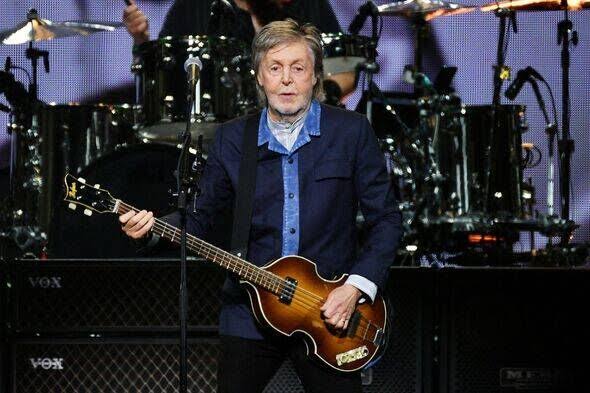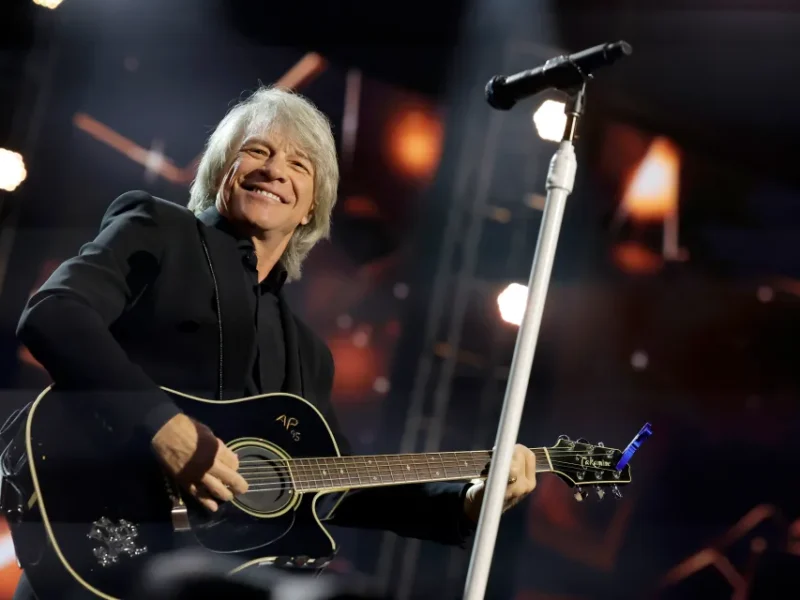Paul McCartney purchased his lavish St John’s Wood home in London back in 1965 for just $54,000, and it’s now worth a staggering $22.2million….
In 1965, amid the whirlwind of Beatlemania and burgeoning stardom, Paul McCartney purchased a modest yet charming residence in the affluent neighborhood of St John’s Wood, London. At the time, the property was an unassuming home valued at just $54,000 — a considerable sum for many, but relatively modest for a Beatle destined for global fame. Fast forward more than five decades, and that very property has appreciated in value to an astonishing $22.2 million, exemplifying not only McCartney’s enduring legacy but also the remarkable real estate growth in London’s prime neighborhoods.
**The Early Investment in a Prime Location**
In 1965, London was experiencing a period of cultural and economic growth. The Beatles had already revolutionized music, and McCartney’s career was soaring. Recognizing the importance of a stable base in the city, he invested in a residence in St John’s Wood, an area renowned for its leafy streets, upscale homes, and proximity to central London. The neighborhood’s appeal lay in its combination of tranquility and accessibility, making it an ideal choice for a young, rising star seeking both privacy and convenience.
The property itself was typical of the area at the time—likely a terraced or semi-detached home, modest in size but situated on a desirable street. The $54,000 investment was significant, but McCartney’s financial success with the Beatles and subsequent solo ventures soon eclipsed the initial expense.
**The Evolution of the Property and Its Surroundings**
Over the years, the property’s value surged in tandem with London’s real estate market boom. The city’s economy boomed through the 1970s, 80s, and into the 21st century, driven by financial services, tourism, and cultural attractions. St John’s Wood itself became one of London’s most sought-after neighborhoods, with property prices increasing steadily due to its proximity to the West End, Lord’s Cricket Ground, and the scenic Regent’s Park.
Throughout the decades, McCartney’s residence likely underwent renovations and expansions, transforming it into a luxurious estate befitting his status as a music legend. While specific details of the property’s modifications remain private, it is safe to assume that the house was modernized and upgraded, adding to its value.
**The Significance of the Appreciation**
The leap from a $54,000 investment to a valuation of approximately $22.2 million underscores several key factors:
1. **Real Estate Appreciation:** London’s property market has historically been one of the most dynamic and lucrative globally. Prime neighborhoods like St John’s Wood have seen exponential growth, often outpacing inflation and other investment classes.
2. **Historical and Cultural Value:** McCartney’s ownership adds a layer of cultural significance to the property. Homes associated with iconic figures often command premium prices, especially when the owner’s legacy is as substantial as Paul McCartney’s.
3. **Market Demand and Scarcity:** The scarcity of prime London real estate, coupled with high demand from affluent buyers, has driven prices skyward. The neighborhood’s desirability ensures that properties there retain and increase their value over time.
**The Broader Impact and Reflection**
Paul McCartney’s real estate journey mirrors broader trends in London’s property scene. It exemplifies how investments in prime locations can yield substantial returns over decades, especially when associated with cultural or historical significance. For McCartney, his home isn’t just a residence; it’s a symbol of his journey from a young musician to a global icon, with his property appreciating in tandem with his legendary career.
Moreover, the story highlights the importance of timing and location in real estate investment. The decision to buy in St John’s Wood in 1965 proved to be remarkably prescient. Today, the house stands as a testament to both McCartney’s success and London’s status as a global hub for culture and wealth.
**Conclusion**
The transformation of Paul McCartney’s St John’s Wood home from a modest $54,000 purchase in 1965 to a staggering $22.2 million valuation today encapsulates the power of strategic real estate investment, cultural significance, and market growth. It reflects not just the appreciation of property value but also the evolution of a city and its neighborhoods over decades. For fans and investors alike, McCartney’s residence serves as a vivid reminder that with foresight and a bit of luck, a simple home can become an enduring symbol of success and legacy.


